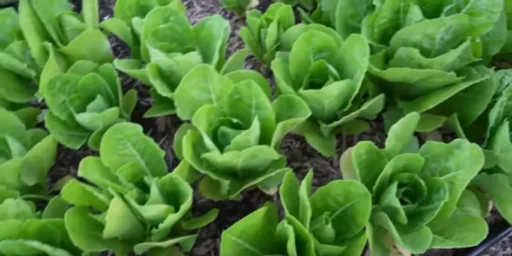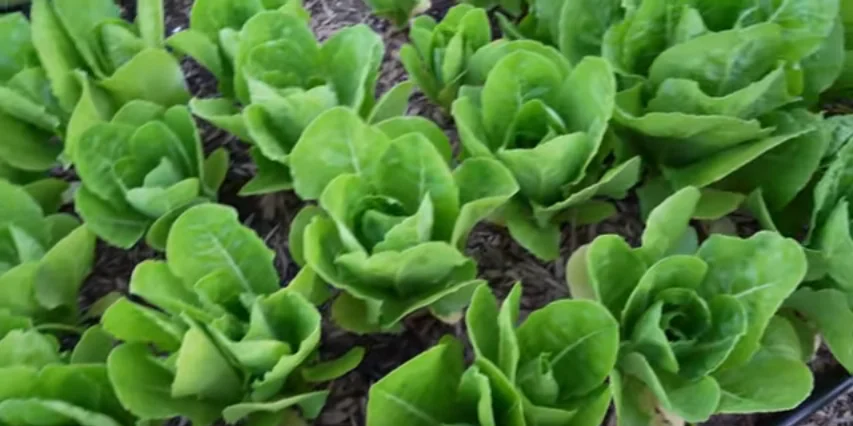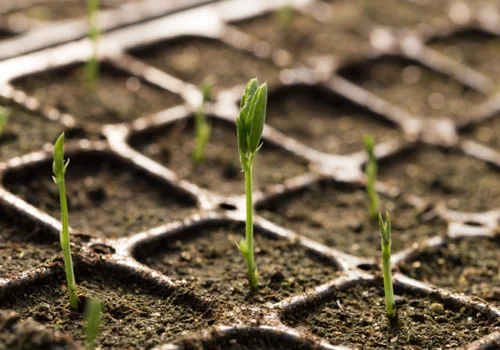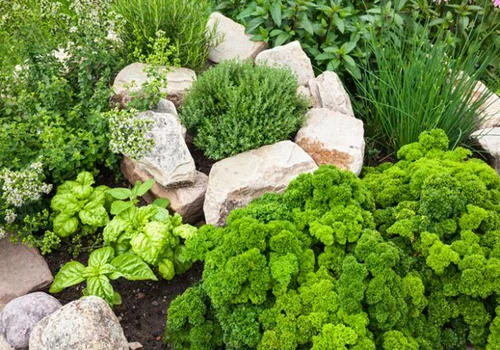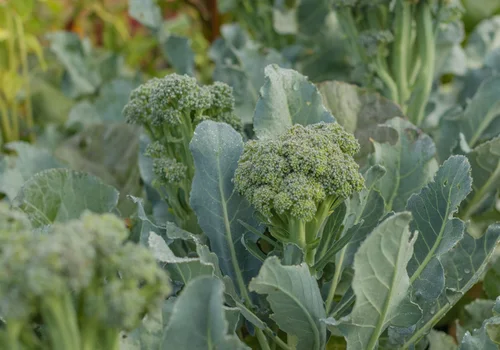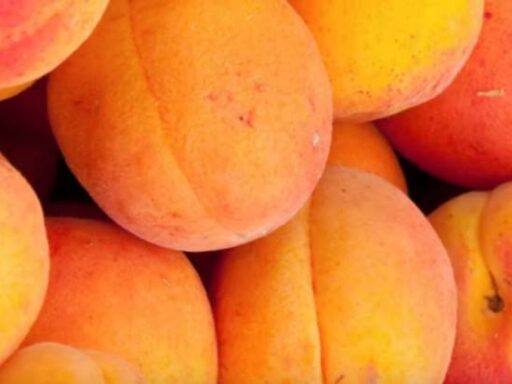As winter transitions into spring, gardeners everywhere prepare for the exciting season of seed starting. If you’re growing warm-weather crops like cucumbers, squashes, and melons, there’s a crucial mistake that many make: starting all their seeds at the same time. This article will guide you through the right approach to ensure your plants thrive and avoid unnecessary loss.
Understanding the Difference Between Nightshades and Cucurbits
Warm-weather vegetables are commonly divided into two groups: Nightshades and Cucurbits. Knowing the distinction between them is essential for timing your planting.
- Nightshades include plants like tomatoes, peppers, and eggplants. These crops need more time to grow, typically taking 6 to 8 weeks before they’re ready to be transplanted into the garden.
- Cucurbits belong to the gourd family, which includes cucumbers, squashes, pumpkins, and melons. These plants grow much faster, germinating in just a few days and becoming ready for transplant within 3 to 4 weeks.
Because these two plant families grow at different rates, planting them simultaneously can lead to issues. Cucurbits will outgrow their containers quickly, while Nightshades will still be in their early growth stages.
Why Timing Matters
If you plant Cucurbits and Nightshades at the same time, your Cucurbits, such as zucchini or cucumbers, will quickly become too large to manage indoors. Cucumbers and squashes germinate fast—sometimes in as little as 6 days—while tomatoes and peppers can take up to 2 weeks or more. This means that your Cucurbits will be ready to go into the garden long before your Nightshades.
However, the temperatures may not be ideal for transplanting Cucurbits by the time they are ready. Unlike Nightshades, which can tolerate slightly cooler temperatures, Cucurbits need warm nights—above 50°F—to thrive. Planting them too early can result in stunted growth or even death from cold nights.
Best Practices for Seed Starting
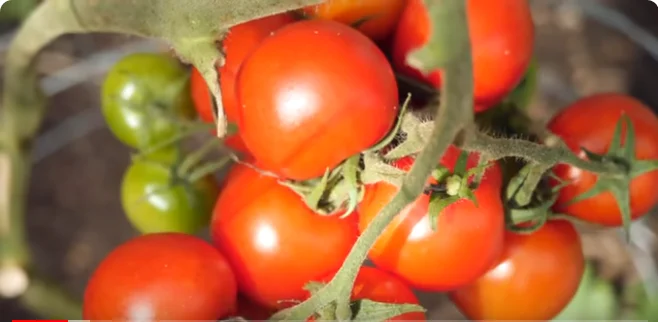
To ensure a successful garden, you need to start your seeds at different times. Here’s a basic guideline:
- Nightshades: Start seeds like tomatoes, peppers, and eggplants indoors 6 to 8 weeks before your area’s last frost date. This gives them ample time to mature into strong transplants ready for outdoor planting.
- Cucurbits: Begin seeds for cucumbers, squash, and melons about 1 week before your last frost date. These plants grow quickly, and by the time the weather is consistently warm, they’ll be ready for the garden.
Following this schedule ensures that all your plants will be at the perfect stage of growth when it’s time to move them outdoors, avoiding the risk of throwing away overgrown plants.
The Importance of Warm Temperatures for Cucurbits
One of the main reasons Cucurbits should not be planted too early is their sensitivity to cold. While Nightshades like tomatoes can handle cooler nights, Cucurbits cannot. Temperatures below 50°F can severely damage or kill Cucurbits, making it essential to wait until the weather is consistently warm before transplanting them outdoors.
If you plant them too early and are forced to keep them indoors for too long, they will outgrow their containers and start vining uncontrollably, making them unmanageable.
Exceptions to the Rule
There are some exceptions to the timing rules for seed starting:
- Mild climates: If you live in a zone where frost is rare, or you have methods like row covers or greenhouses, you can experiment with starting seeds earlier.
- Journal your progress: It’s always good practice to keep a gardening journal, noting when you start seeds and how they perform. Over time, you’ll fine-tune your schedule based on your local climate.
Conclusion
In summary, don’t rush to plant all your seeds at once. Nightshades like tomatoes and peppers need a longer time to grow than Cucurbits, so stagger your planting. Start Nightshades about 6 to 8 weeks before your last frost date and Cucurbits closer to 1 week before. By following this simple guideline, you’ll avoid the frustration of dealing with overgrown plants and set yourself up for a bountiful garden.
Frequently Asked Questions
- When should I start my tomato and pepper seeds?
Start your Nightshade seeds indoors about 6 to 8 weeks before your last expected frost date. - How fast do Cucurbits grow compared to Nightshades?
Cucurbits germinate and grow much faster, often being ready for transplant within 3 to 4 weeks, while Nightshades take around 6 to 8 weeks. - Can I start all my seeds at the same time?
No, starting Cucurbits and Nightshades at the same time can lead to overgrown Cucurbits before the weather is suitable for transplanting. - What temperatures are ideal for transplanting Cucurbits?
Cucurbits need nighttime temperatures consistently above 50°F to thrive. - What happens if I plant Cucurbits too early?
They may grow too large to manage indoors and can be damaged by cold temperatures if transplanted too early. - Can I start my seeds earlier if I use row covers?
Yes, using row covers or greenhouses can extend your growing season and allow you to start seeds earlier. - How can I track the best planting times for my area?
Keep a gardening journal and track your planting times and weather conditions each year to refine your seed-starting schedule.

